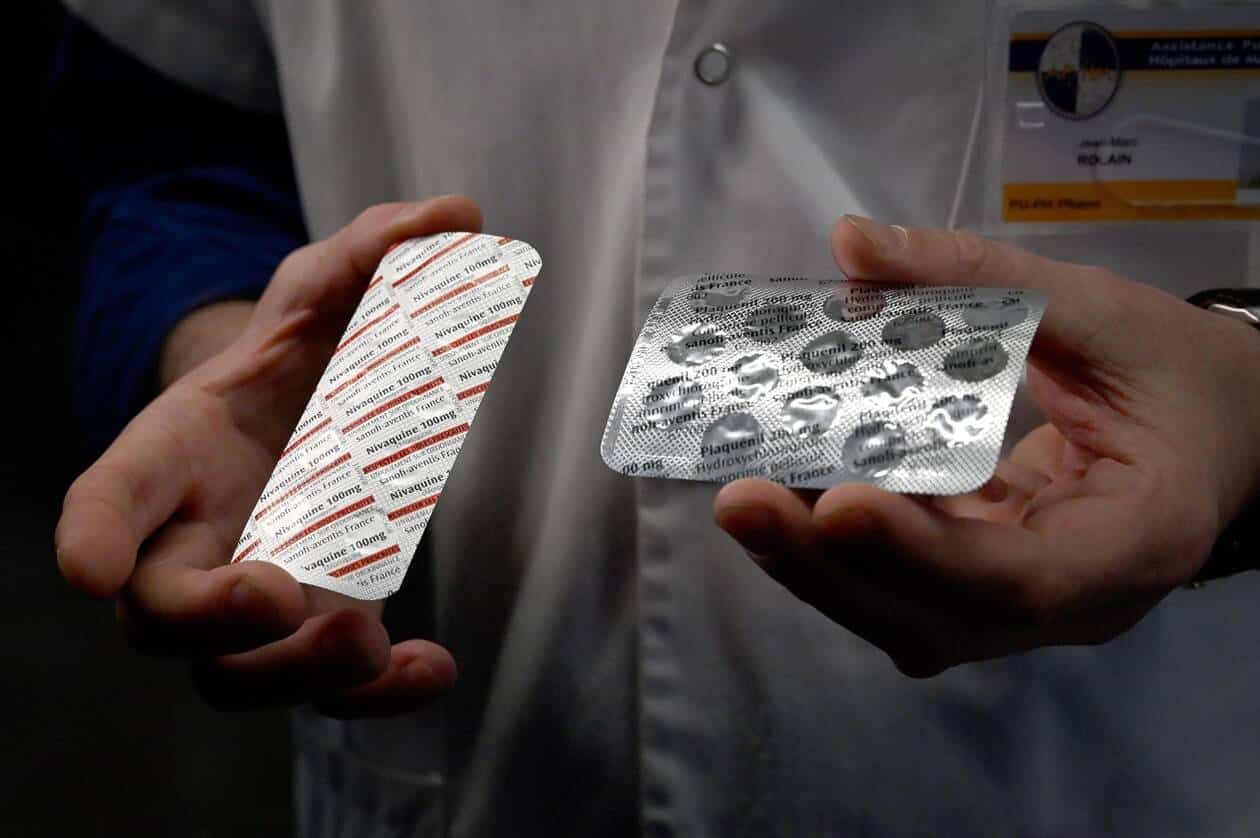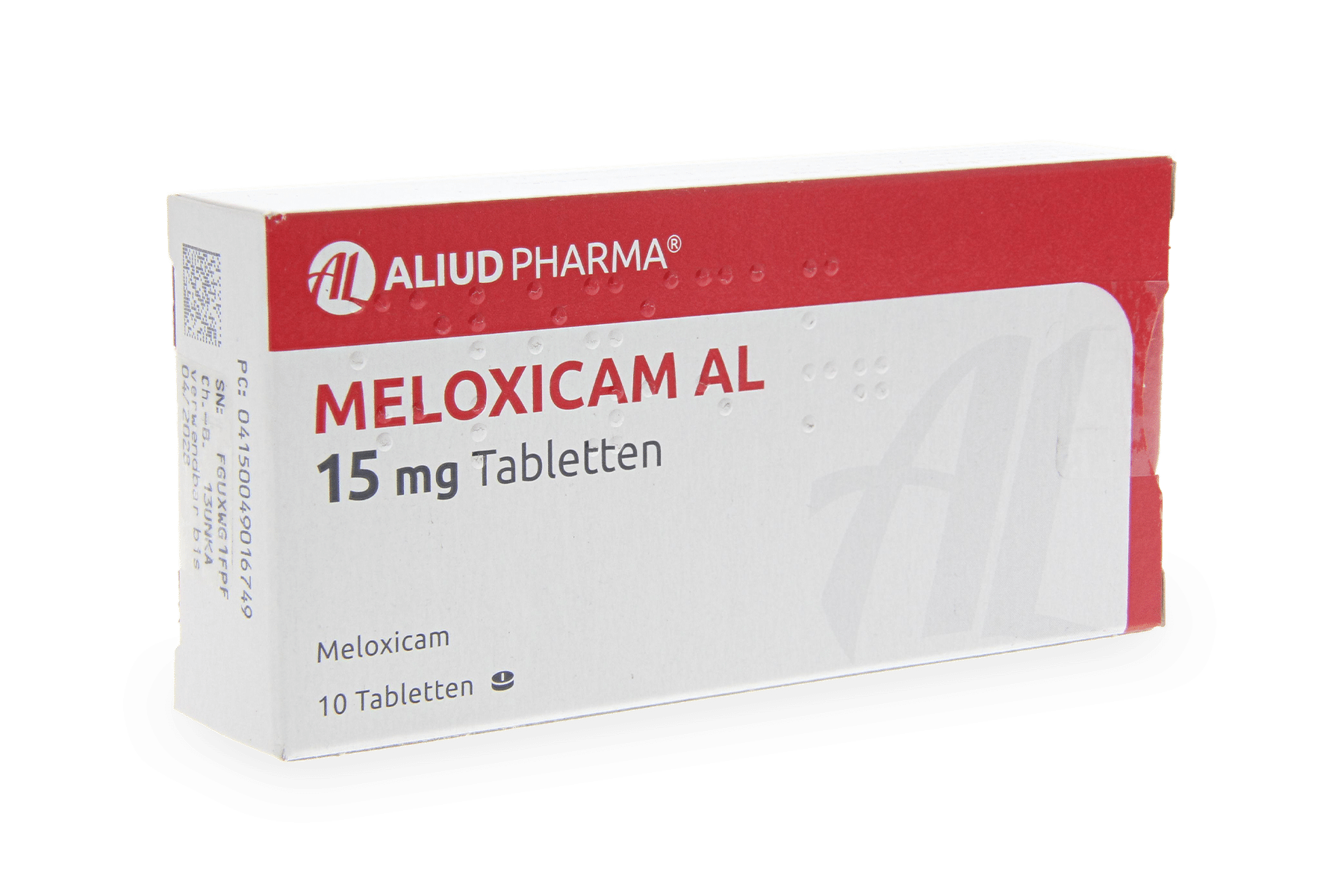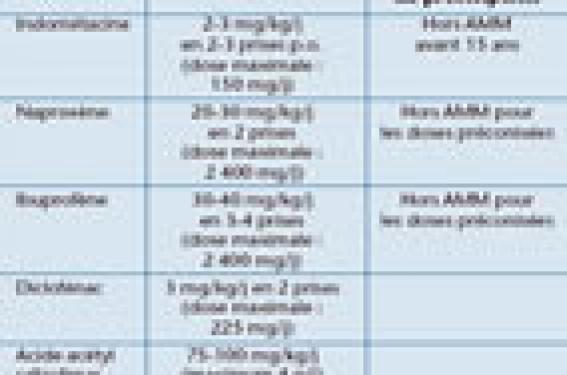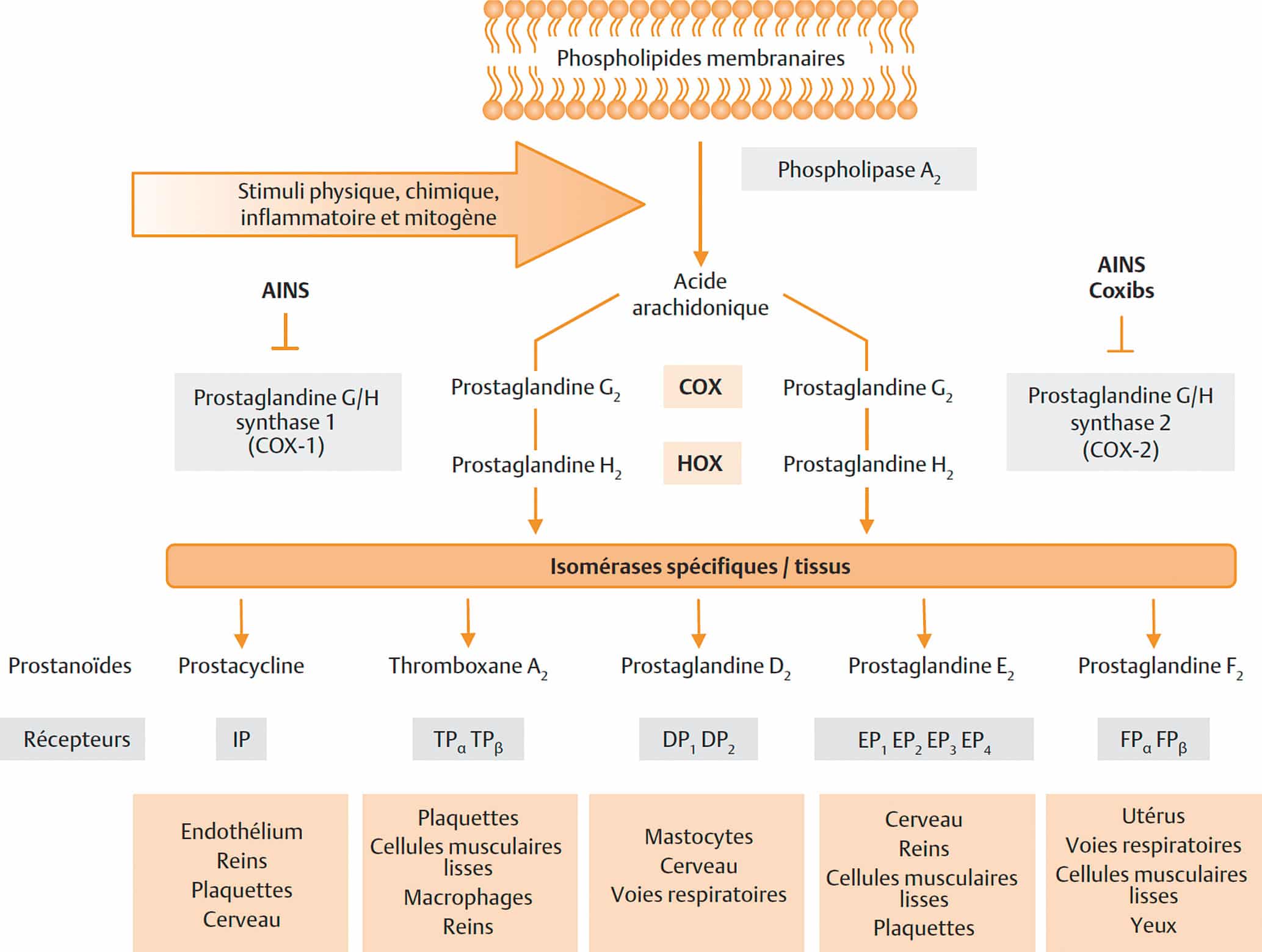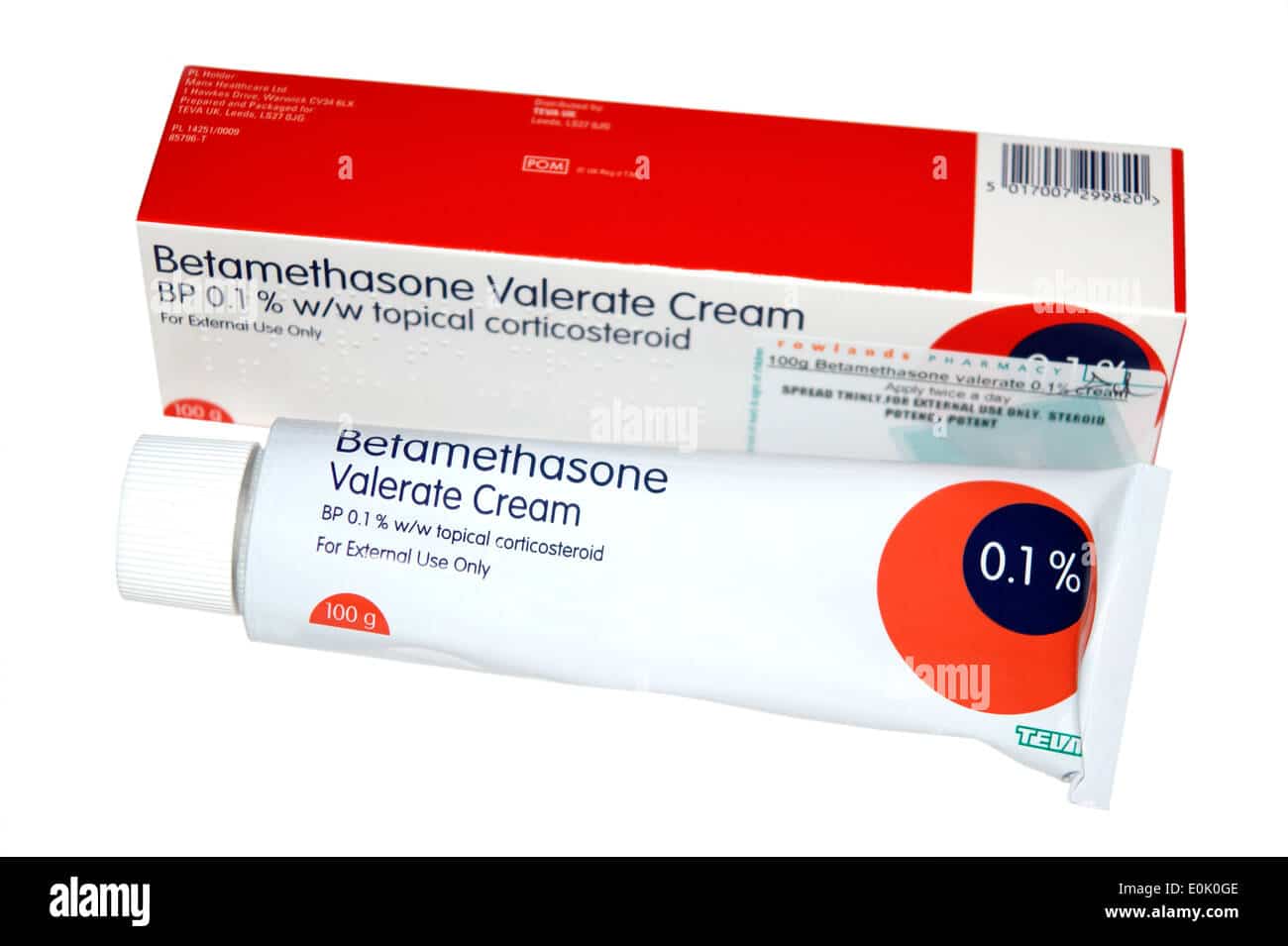The medical prescription of methylphenidate is common in the treatment of attention deficit hyperactivity disorder (ADHD). This medication, while beneficial for improving concentration and attentional abilities, can lead to various side effects. It is essential to understand the main contraindications associated with its use to ensure patient safety. Adverse reactions may occur, particularly involving neuropsychiatric and cardiovascular effects, hence the need for heightened vigilance during its prescription.
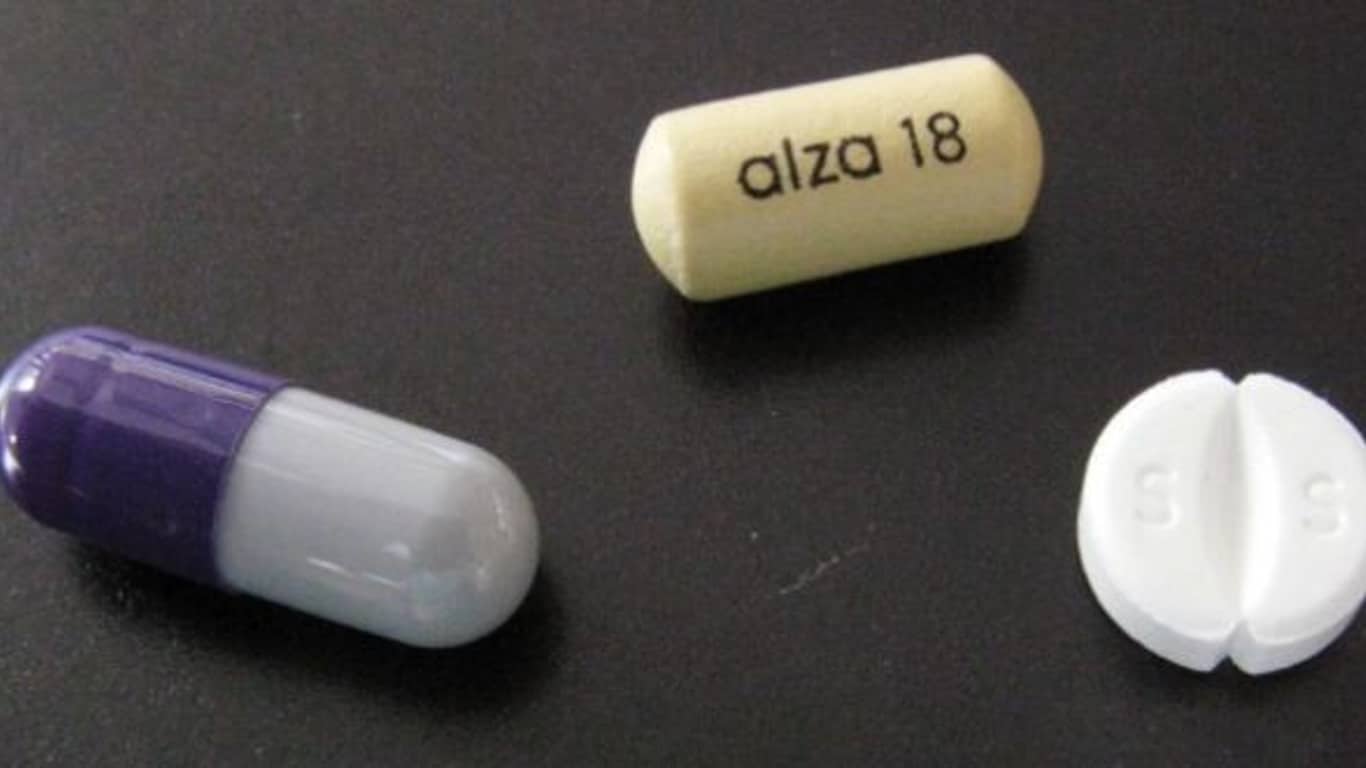
Methylphenidate is a medication often prescribed to treat attention deficit hyperactivity disorder (ADHD). That said, its use requires a thorough understanding of its potential side effects and contraindications. The process of medical prescription is crucial to ensure safe and effective management of patients, particularly children and adolescents, in whom the medication is frequently administered.
Understanding methylphenidate and its use
Methylphenidate primarily works by increasing concentrations of dopamine and norepinephrine in the brain, which helps improve attention and reduce hyperactivity. It is essential to carefully follow the recommendations on dosage, usually determined by a behavioral disorder specialist, to ensure therapeutic efficacy while minimizing associated risks.
Before starting treatment with methylphenidate, it is crucial to conduct a thorough clinical assessment. This includes a psychiatric and medical evaluation to determine if the patient is a suitable candidate for this medication. In this context, communication between the patient, their family, and the practitioner is essential to adjust the treatment according to specific needs.
Side effects to monitor
Like any medication, methylphenidate has side effects that require heightened vigilance. Among the most frequently reported adverse reactions are:
- Headache
- Fatigue
- Flushing (redness of the skin)
- Nasopharyngeal congestion
- Respiratory infections
Moreover, more serious side effects have also been reported. These include neuropsychiatric risks such as mood changes, increased irritability, and psychotic symptoms. Cardiovascular effects, such as hypertension or heart rhythm disorders, as well as strokes, have also been reported, particularly in patients with pre-existing medical histories.
Another point of concern is the potential impact on staturo-ponderal growth, especially in children. Regular monitoring of the growth of children on methylphenidate is therefore recommended to assess any potential impact on their development.
Contraindications to know
Methylphenidate is not appropriate for all patients. Several contraindications must be considered before starting treatment:
- A known allergy to one of the components of the medication
- A glaucoma
- A pheochromocytoma (a rare adrenal gland tumor)
- An uncontrolled hyperthyroidism
- History of cardiovascular or cerebrovascular disorders
Caution should also be exercised when using other medications concurrently, particularly monoamine oxidase inhibitors (MAOIs), as such combinations can lead to serious interactions. A thorough assessment of the patient’s medical history is therefore essential before prescribing methylphenidate.
In summary, methylphenidate is a valuable therapeutic tool for treating ADHD. However, its use must be carefully framed by a medical prescription that considers potential side effects and contraindications. A rigorous evaluation of risks and benefits will ensure safe management for the patients involved.

FAQ on medical prescription and methylphenidate
Q : What are the goals of treatment with methylphenidate?
A : Treatment with methylphenidate aims to improve the concentration and attentional abilities of the child.
Q : What are the contraindications for taking methylphenidate?
A : Contraindications include a known allergy to one of the components of the medication, glaucoma, pheochromocytoma, and hyperthyroidism.
Q : What are the adverse effects associated with methylphenidate?
A : Adverse effects may include neuropsychiatric, cardiovascular, and cerebrovascular issues, as well as a potential impact on the staturo-ponderal growth of children.
Q : What are the most common side effects of methylphenidate?
A : Common side effects include headaches, nasal congestion, respiratory infections, and fatigue.
Q : Who is the treatment with methylphenidate intended for?
A : Methylphenidate is primarily used for the treatment of attention deficit hyperactivity disorder (ADHD) in children from 6 years old and in adults.
Q : What follow-up is required during treatment with methylphenidate?
A : Follow-up by a specialist in child behavioral disorders is necessary to monitor the effects of treatment.
Q : What risks should be monitored when taking methylphenidate?
A : It is essential to monitor adverse effects, notably cardiac issues (hypertension, heart rhythm troubles) and neurological (migraines, strokes).
Q : Can methylphenidate induce vasoconstriction?
A : Yes, methylphenidate can pose a risk of vasoconstriction and hypertensive spikes, especially in the case of interaction with other medications.



